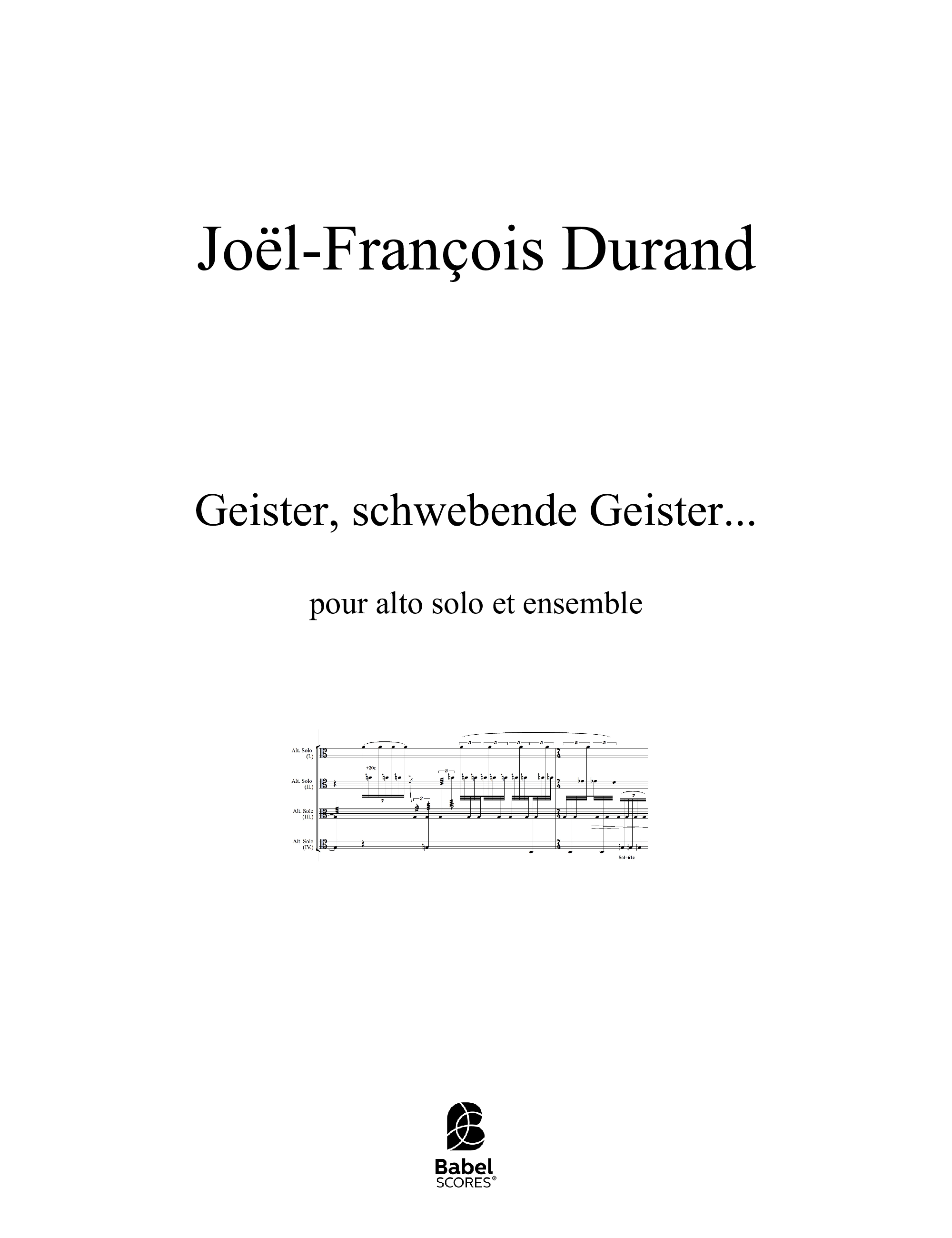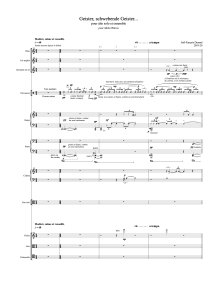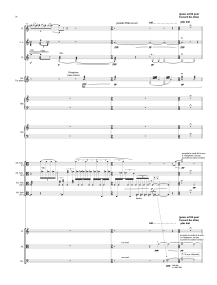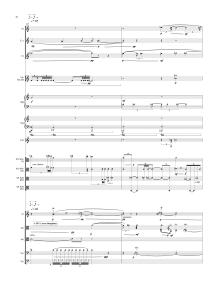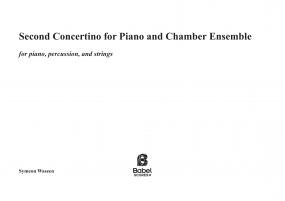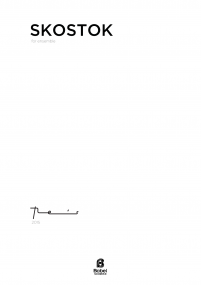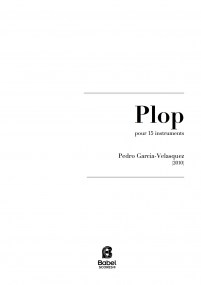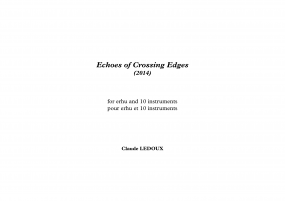Geister, schwebende Geister
ISMN : 979-0-2325-5463-1
- Login to create your own lists
Program notes
Geister, schwebende Geister, for solo viola and ensemble (2020)
Geister, schwebende Geister belongs to a group of works that I started to write in 2019, in which I explore the formal and structural potentials of an acoustic phenomenon known to all musicians when they tune their instruments: the beats that occur when two tones of very close frequencies are played at the same time. Geister, schwebende Geister is the first of the series; the second is a work for solo violin In a weightless quiet (2020) and the third to date is my second string quartet Canto de amigo (2020). In each of these works, the beats are generated by playing one of the open strings of the instruments at the same time as a similar pitch with a microtonal deviation, on another string.
What I find fascinating in this use of controlled beat patterns is that they actually permit to directly experience what is usually considered a physical/mathematical concept. In sensory experience (auditory perception), we cannot be aware of the mathematical ratio between the frequencies of two notes played at the same time; it's an abstract concept (we don't hear a 3:2 ratio when we hear a fifth; we hear a fifth). But when the pitches are very close, the phenomenon of "first-order beat" becomes an actual experience. How this works is fairly simple to explain: if for example, the two frequencies are 3 Hz apart—say, 443 Hz and 440 Hz—we hear two things: first, the two original frequencies become one single tone (mathematically, it’s the median value of the two); additionally, we hear a pulsation of three beats animating this single tone. The “median value” in this case is 441.5 Hz; and the pulsation that accompanies it—the difference between the two original frequencies—is three beats per second which, when we hear them, is the audible manifestation of an arithmetic equation, in this case, the subtraction 443 - 440 = 3!
In Geister, schwebende Geister, sections explore in turns the tonal regions of the three open strings of the viola G, D and A, and their extensions through microtones that generate 3, 5, 7 and 11 beats per second. After a long first section centered on A, the region of the G comes in dialog with that of the A. Further on, the region of the open string D is brought in contact with that of the G and in the more complex central section, all three regions enter in a polyphonic type of dialog. Later on, the return of the A brings the piece to a concluding section. But besides the exploration of these three pitch regions, a more important particularity of this work is the way in which the notions of instrumentation and pitch/rhythmic structure are completely fused. The gestures of the solo viola that create first-order beats are first announced, or echoed, as actual rhyhmic figures in the ensemble, and further expanded by the colors of the other instruments. But in contrast to the typical exploration of instrumental colors (extended or not), in Geister, schwebende Geister, timbre, rhythm (as rhythmic subdivisions) and pitches are completely integrated as one: pitches created by timbral effect generate rhythms through the beatings and are then treated with timbral transformations. This leads to an organic unity of all parameters, structurally as well as auditively.
And above all this, I find fascinating how these beats have a sort of other-worldly character, appearing seemingly out of nowhere, since the rhythmic patterns they create are clearly audible, yet not directly produced by the performer, who is just playing the two pitches.
Oboe
Clarinet
Percussions
Piano
Harp
Violin
Viola (2)
Cello
Pages - 88

